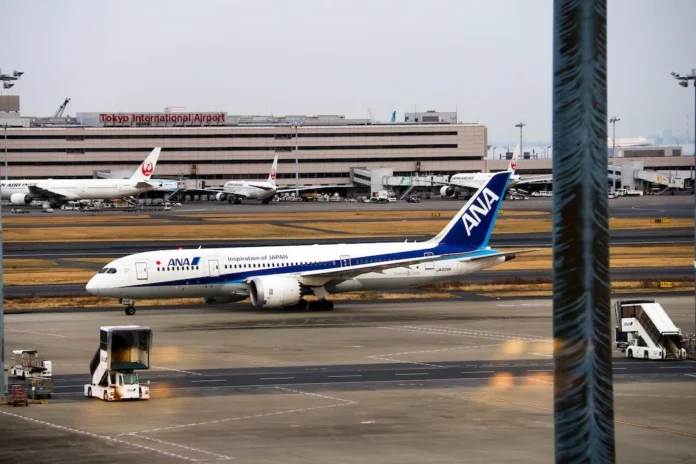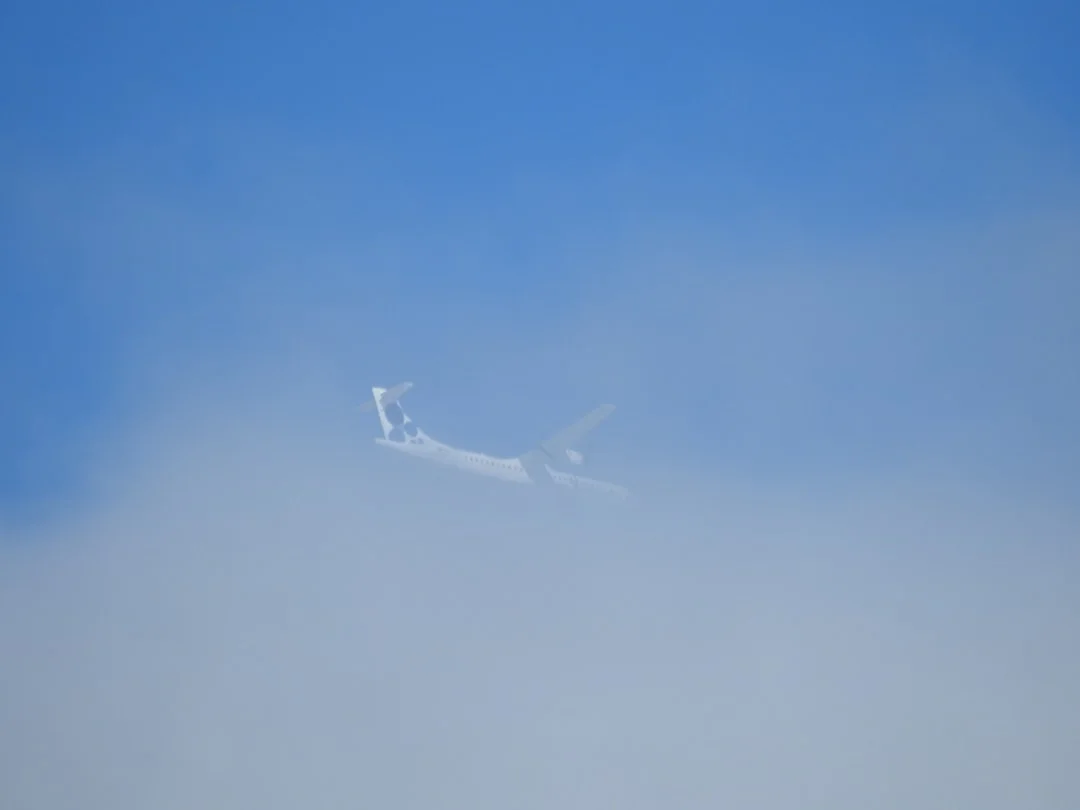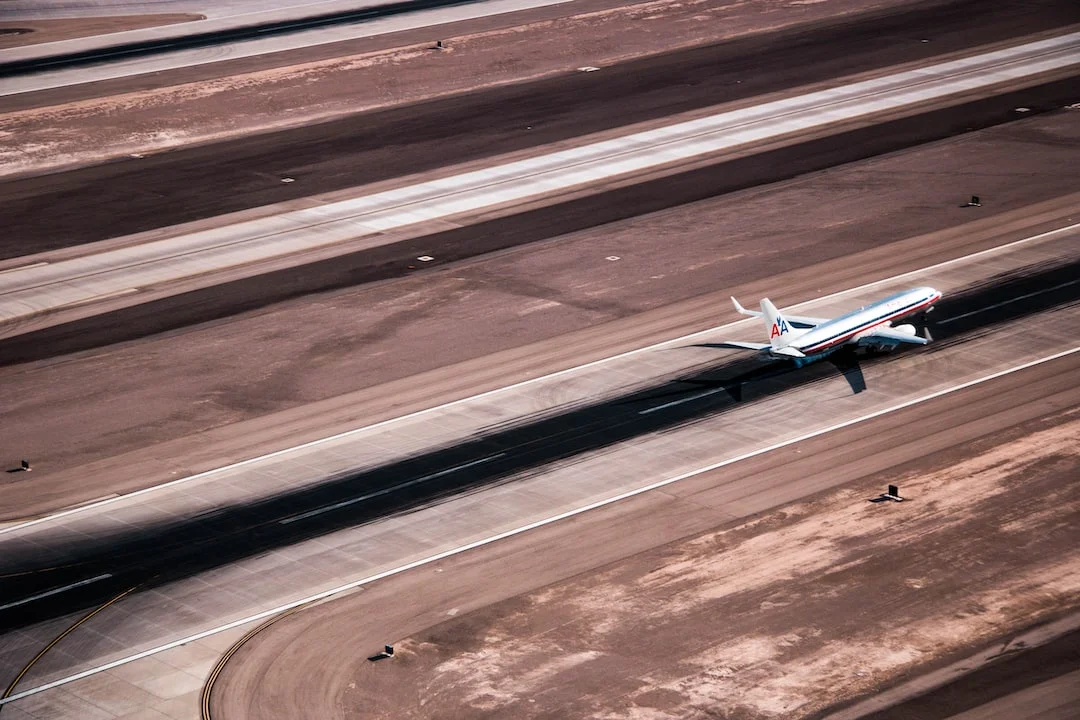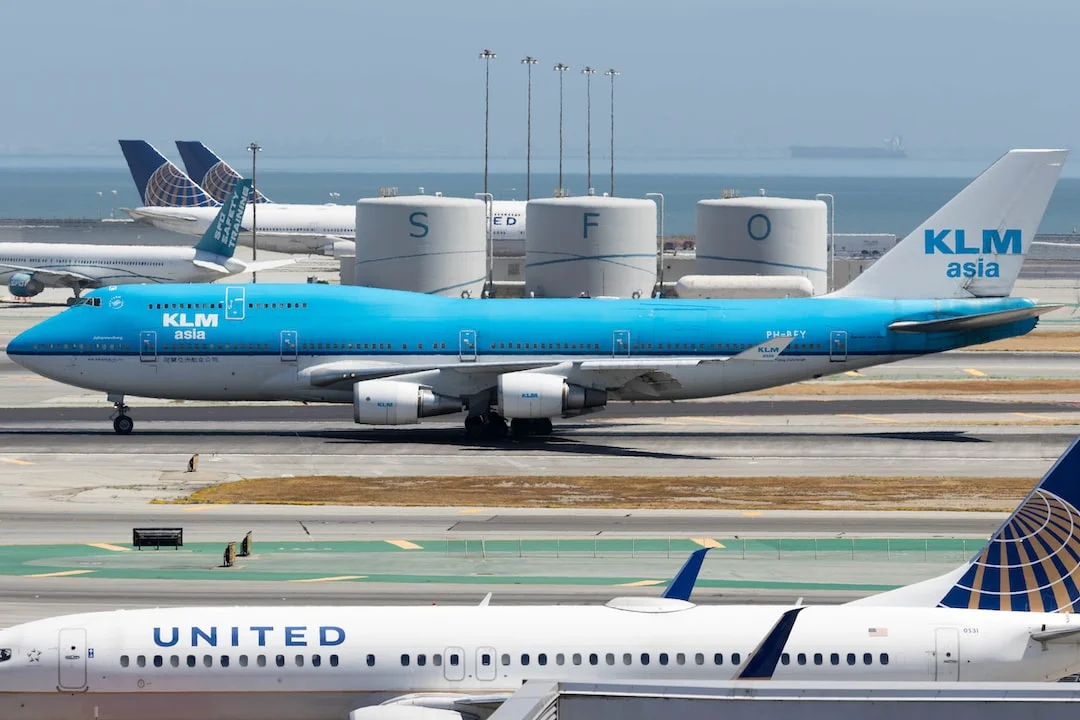The Navigation Display (ND) on the Airbus A320 aircraft is an essential instrument panel that provides pilots with crucial information about the aircraft’s position, flight path, and navigation aids. It serves as a primary source of navigational guidance, allowing pilots to maintain situational awareness and make informed decisions during all phases of flight.
The ND is a digital screen located on the flight deck’s forward instrument panel, typically positioned just above the primary flight display (PFD) and the multi-function display (MFD). It presents a graphical representation of the aircraft’s position, airways, waypoints, and other navigation-related information.
Contents
The Navigation Display on the Airbus A320 offers various features and functions that aid pilots in navigating the aircraft efficiently and safely. Let’s explore some of its key capabilities:
The Map Mode
The Map mode is the primary display mode of the Navigation Display. It provides pilots with a top-down view of the aircraft’s surroundings, presenting a digital representation of the world map. In this mode, pilots can see their current position, the planned route, and various navigational aids such as waypoints, VORs (VHF Omnidirectional Range), NDBs (Non-Directional Beacons), and airports.
The Map mode also allows pilots to zoom in and out to adjust the level of detail on the display. They can choose to view a larger area for a broader situational awareness or zoom in for a more detailed perspective, especially during critical phases of flight such as takeoff and landing.
The Navigation Display can also overlay other important information onto the map, such as weather radar data, traffic information, and terrain awareness. This feature enhances the pilots’ ability to assess potential hazards or conflicts and make appropriate navigational decisions.
The Plan Mode
The Plan mode of the Navigation Display allows pilots to access and modify their flight plan directly on the screen. They can input waypoints, airways, and altitude constraints, adjust routing, or make changes in real-time if required. The updated flight plan is then displayed on the Map mode, providing a clear visualization of the chosen route.
In the Plan mode, pilots can also view important information related to the flight plan, such as distances, estimated times en route, fuel calculations, and altitude profiles. This functionality enables pilots to assess the impact of their route choices and make informed decisions to optimize fuel efficiency and flight time.
The Plan mode can also display airspace boundaries and provide warnings or alerts when the aircraft approaches restricted or controlled airspace. This helps pilots adhere to regulations and ensure safe navigation within defined airspace corridors.
The Nav Aids mode on the Navigation Display provides pilots with a focused view of navigation aids and radio aids, such as VORs and NDBs. This mode assists pilots in monitoring their progress along airways or radial tracks and ensures accurate navigation between waypoints.
By displaying VOR radials, pilots can verify their track or adjust their navigation based on deviations. The Nav Aids mode also presents distance information to the selected navigation aid, allowing pilots to monitor their progress and estimate time to the next waypoint or navigational fix.
The Navigation Display on the Airbus A320 is a powerful tool that enhances pilot situational awareness and facilitates efficient and precise navigation. Its intuitive interface and comprehensive features enable pilots to make informed decisions, optimize flight planning, and ensure safe and accurate navigation throughout their journey.
For More: What is EXTN on Airbus A320? (Extension)




